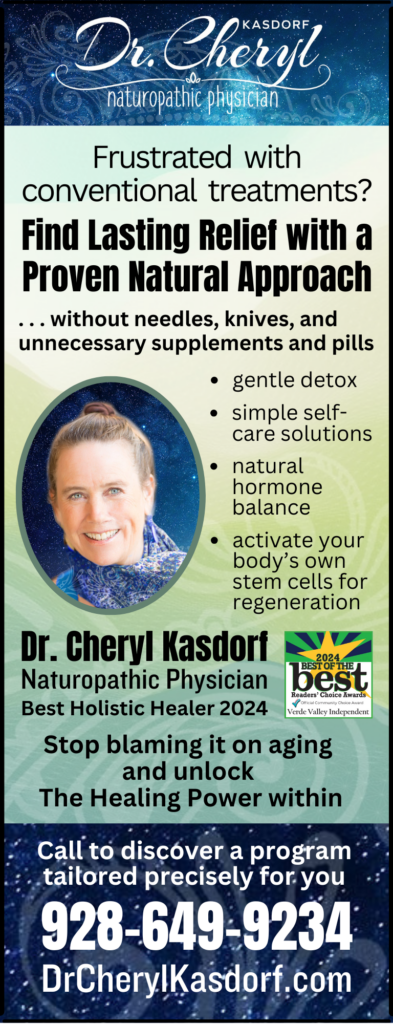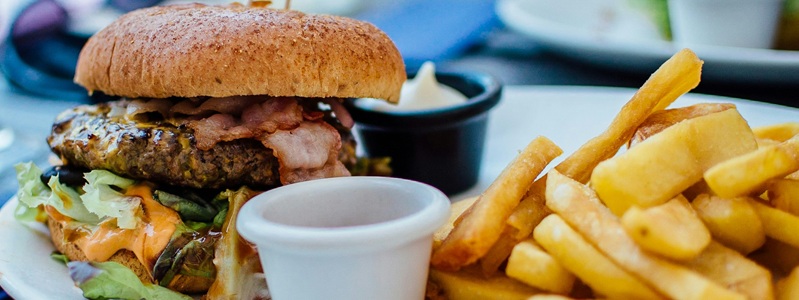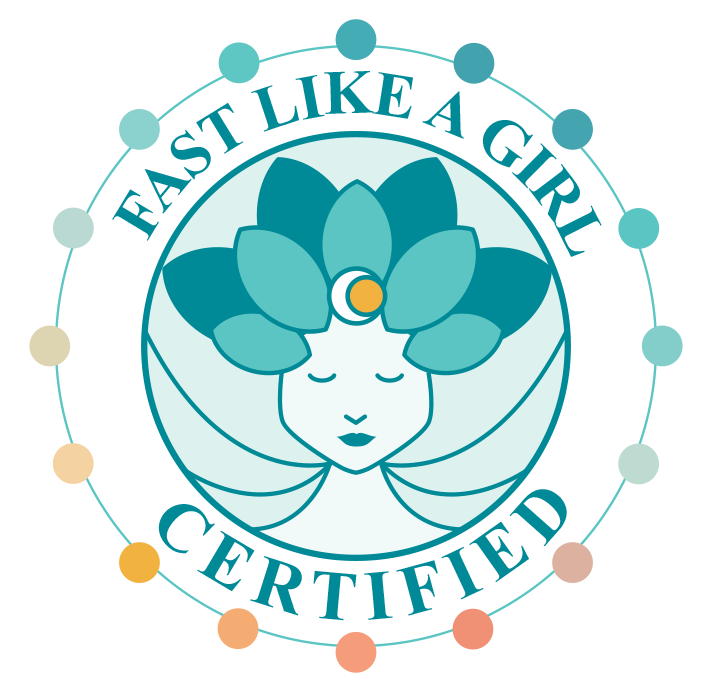What do you crave?
Is it salty crunchy, or sweet and gooey or rich and creamy? Or all three?
Could these cravings be possibly contributing to chronic diseases like diabetes, heart disease, and cancer?
The answer is yes – but it’s not your fault.
According to Cambridge University Press, the most common foods consumed in the U.S. and Canada are ultra-processed foods, including ‘sweet, fatty or salty packaged snack products, ice cream, sugar-sweetened beverages, chocolates, confectionery, French fries, burgers and hot dogs, and poultry and fish nuggets.’
A 2019 study in the Public Health Nutrition Journal links diets high in ultra-processed foods to increased rates of obesity, hypertension, heart disease, gastrointestinal disorders, and certain cancers, including breast cancer.
Why they are so addictive
These foods are engineered for maximum taste, texture, and metabolic impact—keeping you hooked. Packed with chemicals you can’t pronounce, they create an addiction that leads to withdrawal, which can only be relieved by eating more.
In Mark Schatzker’s book The Dorito Effect, he explains how food manufacturers add artificial flavors to make nutritionally depleted food taste better. Industrial farming produces high-yield, fast-growing crops and livestock that lack nutrients, making food less flavorful. To compensate, companies enhance flavor artificially, tricking your brain into craving more but never feeling satisfied.
Then there’s toxic oils. Dr. Catherine Shanahan, author of Dark Calories, warns that common seed oils—canola, safflower, sunflower, corn, and soy—are processed with toxic chemicals like hexane. When consumed, these oils deprive your brain of energy, making you crave food again to restore it. Over time, repeated exposure leads to insulin resistance, prediabetes, and eventually type 2 diabetes.
Breaking Free from Cravings
Overcoming food cravings isn’t about willpower—it’s about understanding the addictive nature of processed foods and rewiring your brain and body.
It starts with reading labels and eliminating toxic oils. Dr. Shanahan advises switching to unrefined oils like extra-virgin olive oil, coconut oil, and full-cream butter, which provide real energy and reduce cravings.
She emphasizes that studies claiming high-fat diets harm health use toxic seed oils, not natural fats like butter and eggs.
Next, gradually shifting to real, whole foods helps retrain your taste buds and break free from the chemical-driven cycle of craving. When your body is properly nourished, your brain recognizes it and stops demanding more food.
Lasting Change, Sustainable Health
Once your body is rewired, these changes stick—and you won’t miss the foods you once craved. If you try them again, you’ll likely wonder why you ever thought they tasted good.
Instead, you’ll feel energized, mentally clear, and healthier than ever. This metabolic shift is also the key to sustainable weight loss.
For more insights, research, and strategies to crush your cravings, visit other blogs on this website and my web-based app drcherylapp.com.
NOTE: This article was published in the Verde Independent Health & Wellness Guide 2025 along with this ad:






